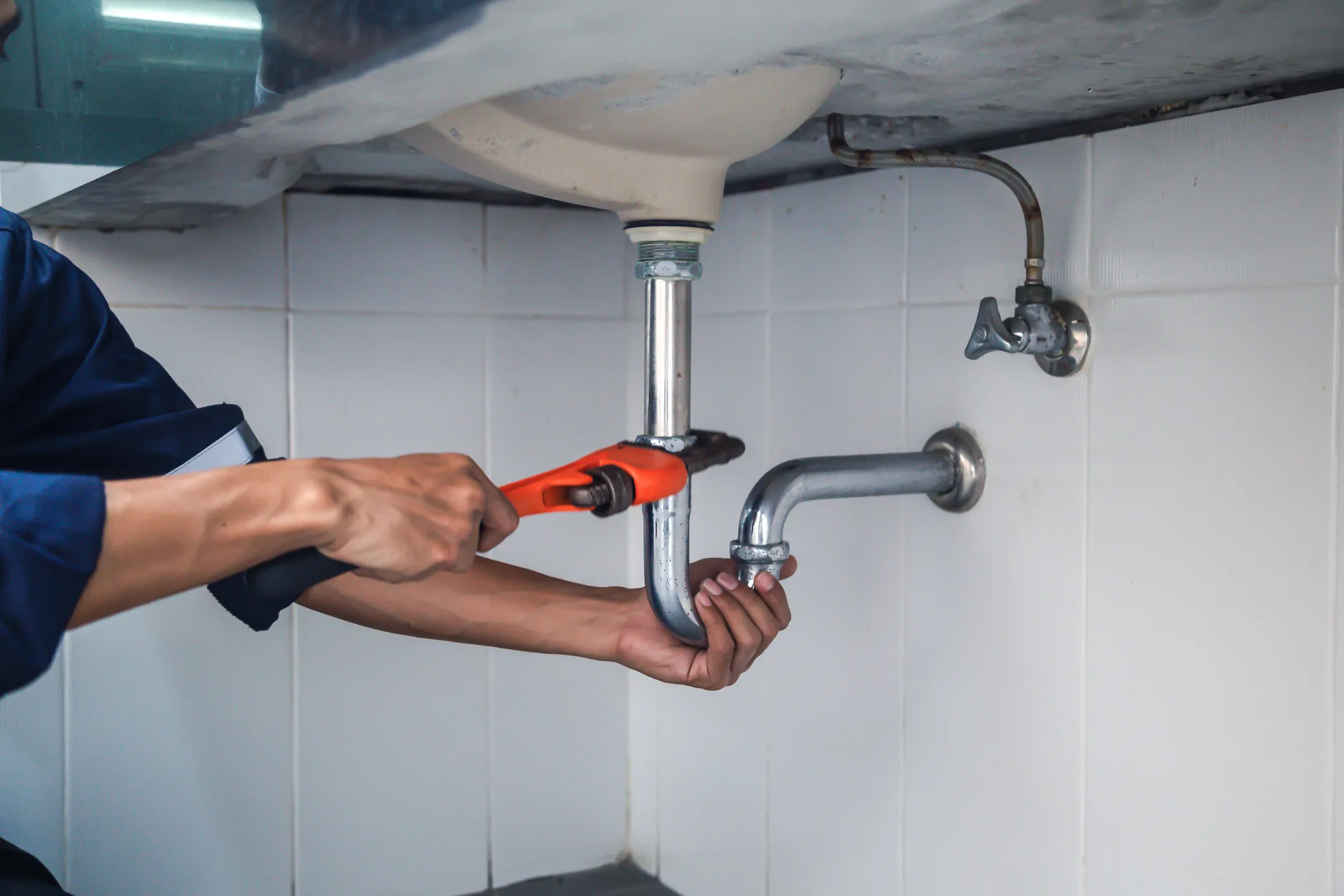In today’s world, the focus on sustainability is more important than ever. For homeowners and real estate developers, eco-friendly construction has become a priority. By adopting eco-friendly construction step-by-step methods, the impact on our planet can be minimized while creating healthier living spaces.
Eco-friendly construction is not just a trend, but a necessity. It involves using sustainable materials, reducing waste, and ensuring the process is as efficient as possible. Here we will take a look at how to implementeco-friendly construction step-by-step.

Understanding Eco-Friendly Construction
Eco-friendly construction refers to building practices that prioritize the environment. This involves using sustainable resources and reducing the carbon footprint.
Importance of Sustainable Materials
Choosing sustainable materials is critical. These materials are often renewable and have a lower environmental impact. This can include bamboo, recycled metal, and low-VOC paints.
Energy Efficiency
Energy-efficient homes consume less power and reduce utility bills. Installing solar panels, using LED lights and improving insulation are some ways to achieve this.
Step-by-Step Guide to Eco-Friendly Construction
1. Planning and Design
Start by incorporating green building practices into your design . Consider the site’s orientation to make the best use of natural light and heating.
2. Selecting Materials
Choose materials that are local, durable, and recyclable. Opt for products with green certifications.
3. Efficient Construction Practices
Implement techniques that minimize waste and recycle whenever possible.
4. Installing Renewable Energy Sources
Solar panels and wind turbines can drastically reduce dependence on grid electricity.
Benefits of Eco-Friendly Construction
Environmental Impact
Reducing emissions and using renewable resources helps protect ecosystems.
Economic Benefits
While initial costs may be higher, eco-friendly homes offer long-term savings on utilities.
Improved Living Conditions
These homes are healthier, with better air quality and natural light.
Challenges and Solutions
Cost Concerns
While green materials can be expensive, planning sustainably can offer long-term savings.
Awareness and Education
Knowledge on green practices is key. Encouraging education in eco-friendly methods is vital.
Conclusion
Eco-friendly construction step-by-step is a necessary approach to modern building. With benefits that extend across economic savings and environmental health, it is clear that eco-friendly building practices are the way forward.

FAQs
1. What are sustainable materials?
Sustainable materials are resources that are renewable and have a minimal impact on the environment.
2. How can I make my home more energy-efficient?
Installing solar panels, using LED lighting, and improving insulation are ways to enhance energy efficiency.
3. Are there cost savings to eco-friendly construction?
Yes, while initial costs might be higher, the long-term reduction in utility bills often offsets these expenses.
This article contains affiliate links. We may earn a commission at no extra cost to you.




